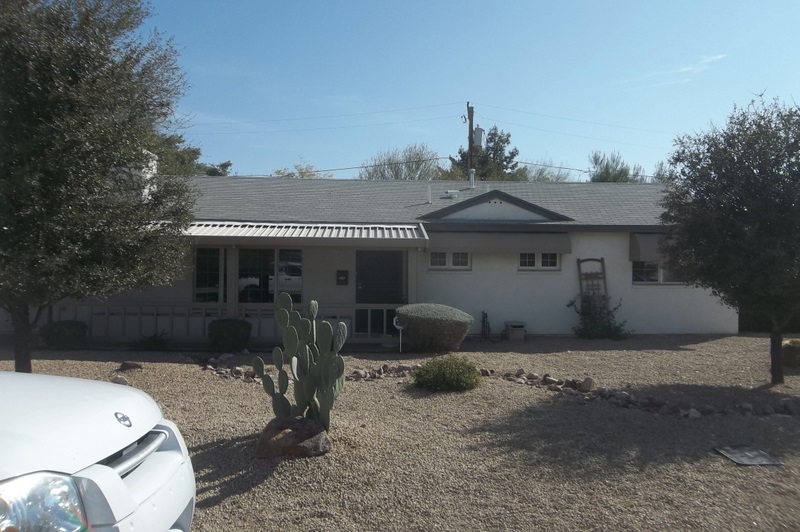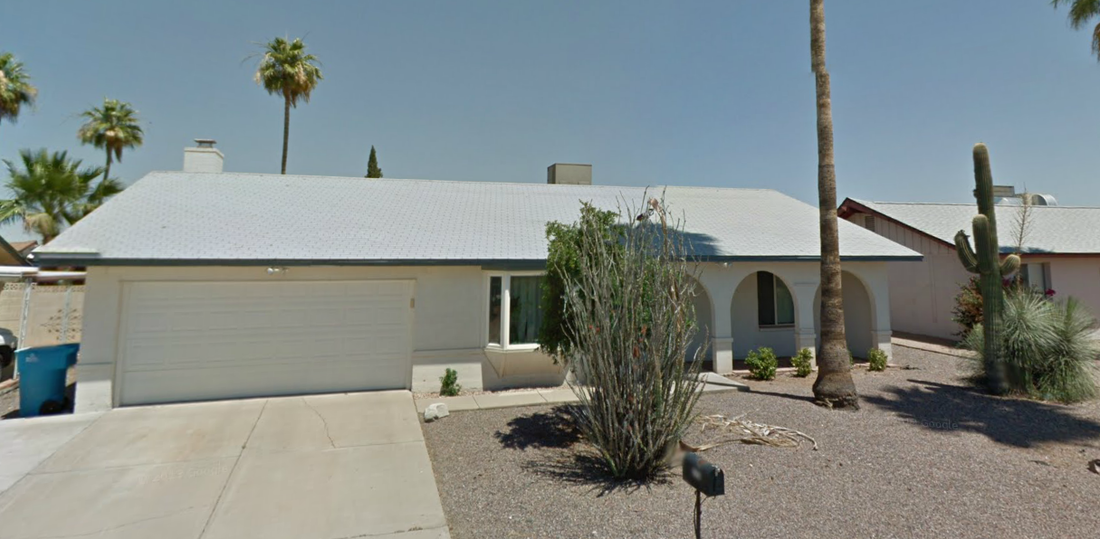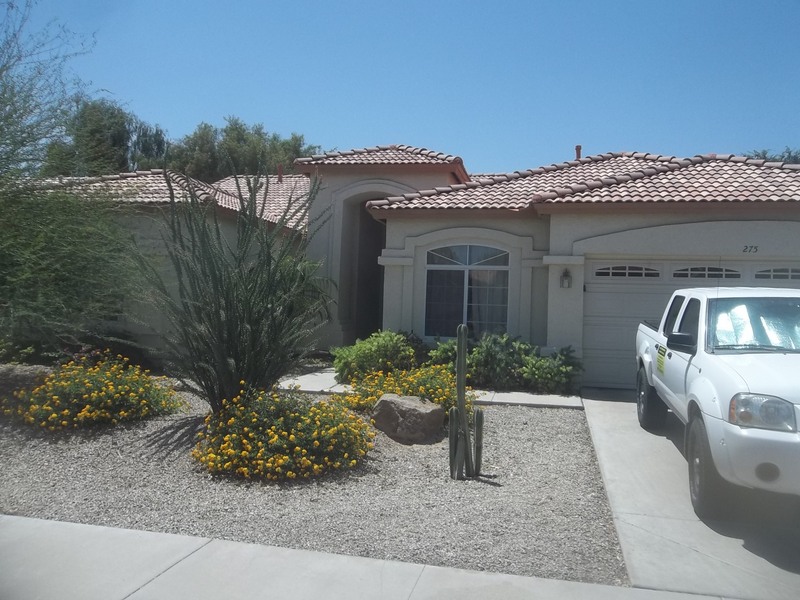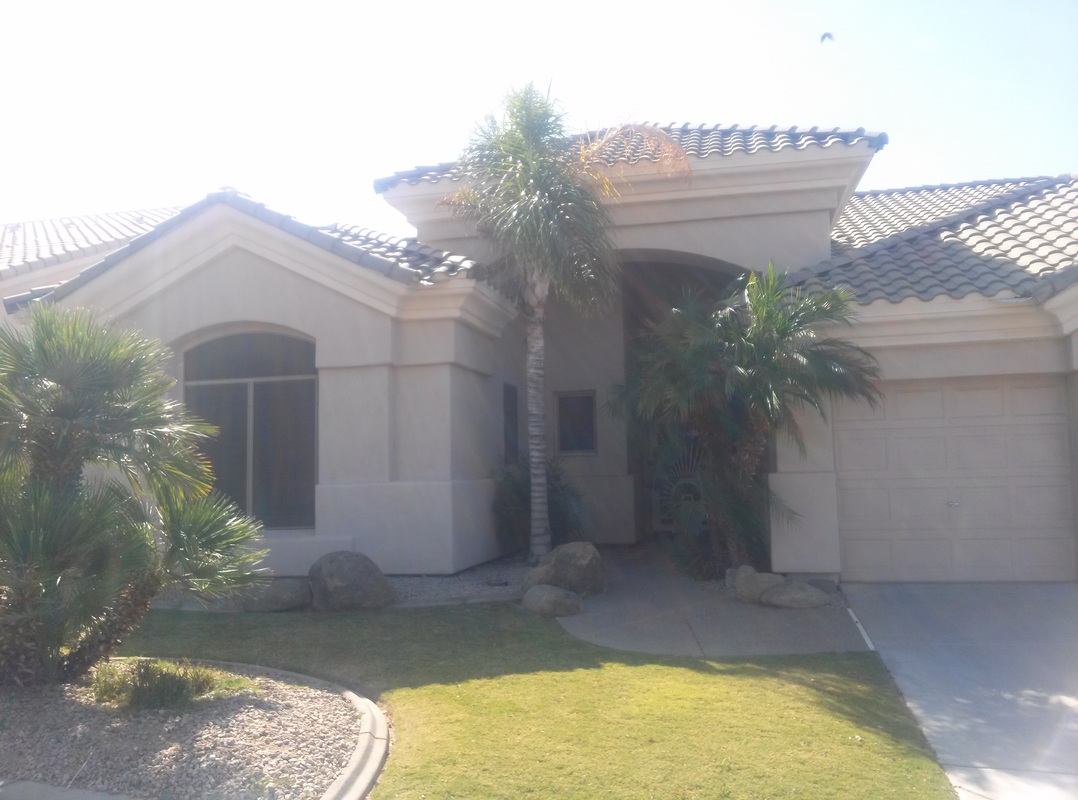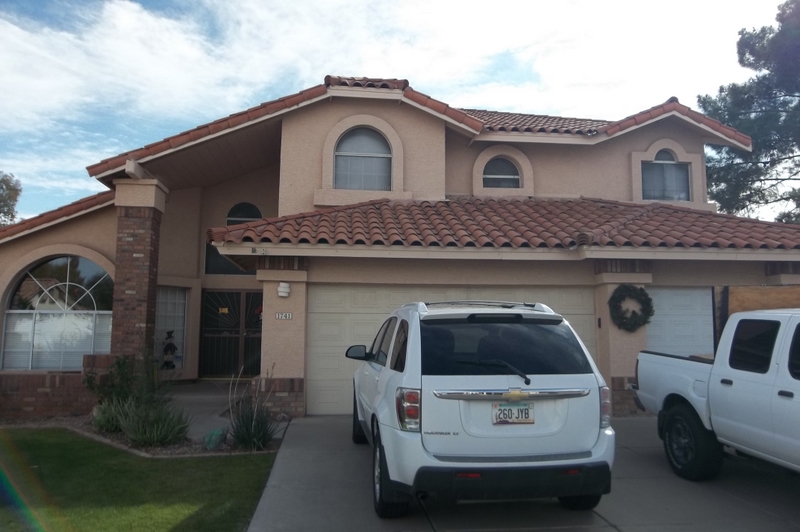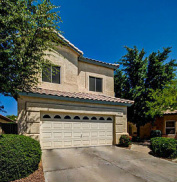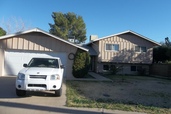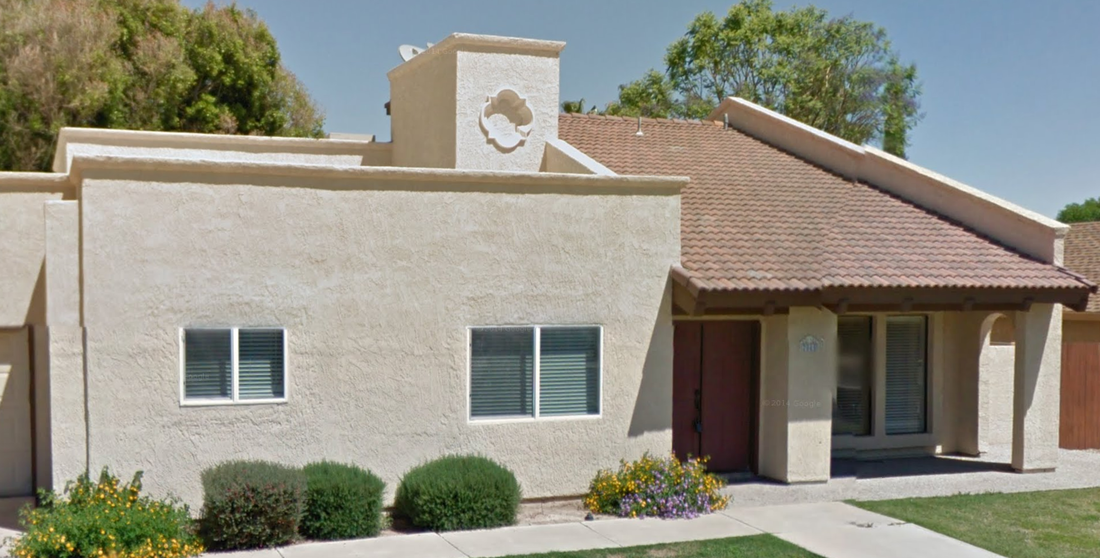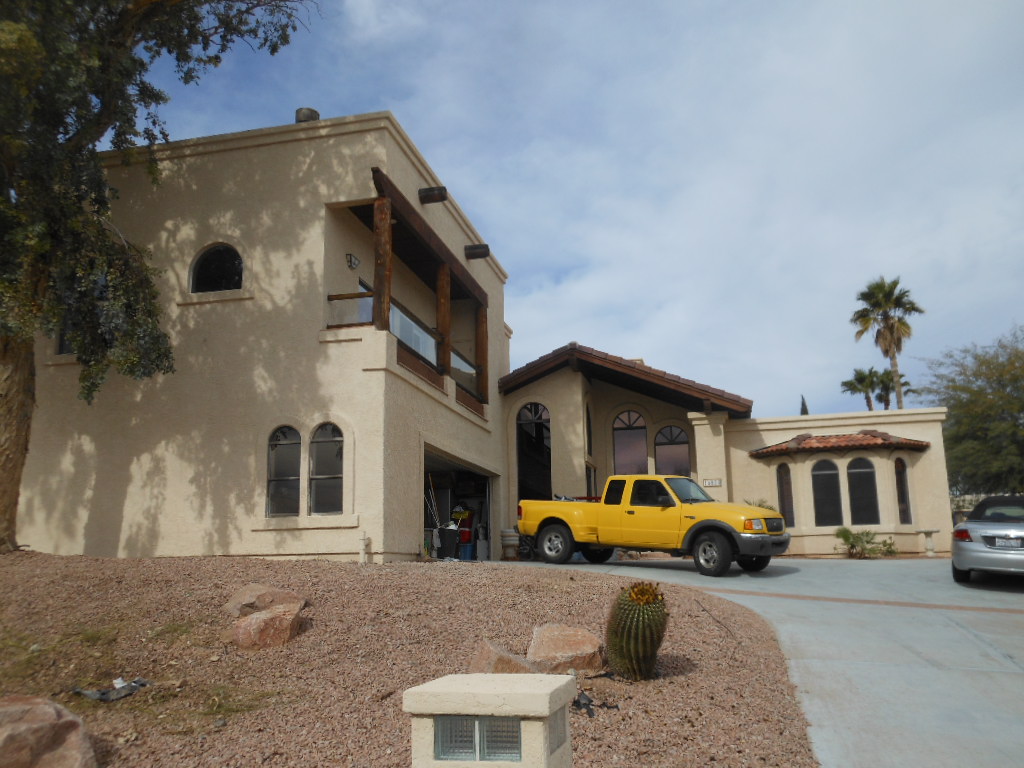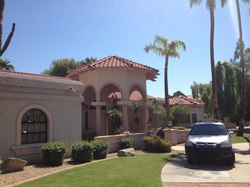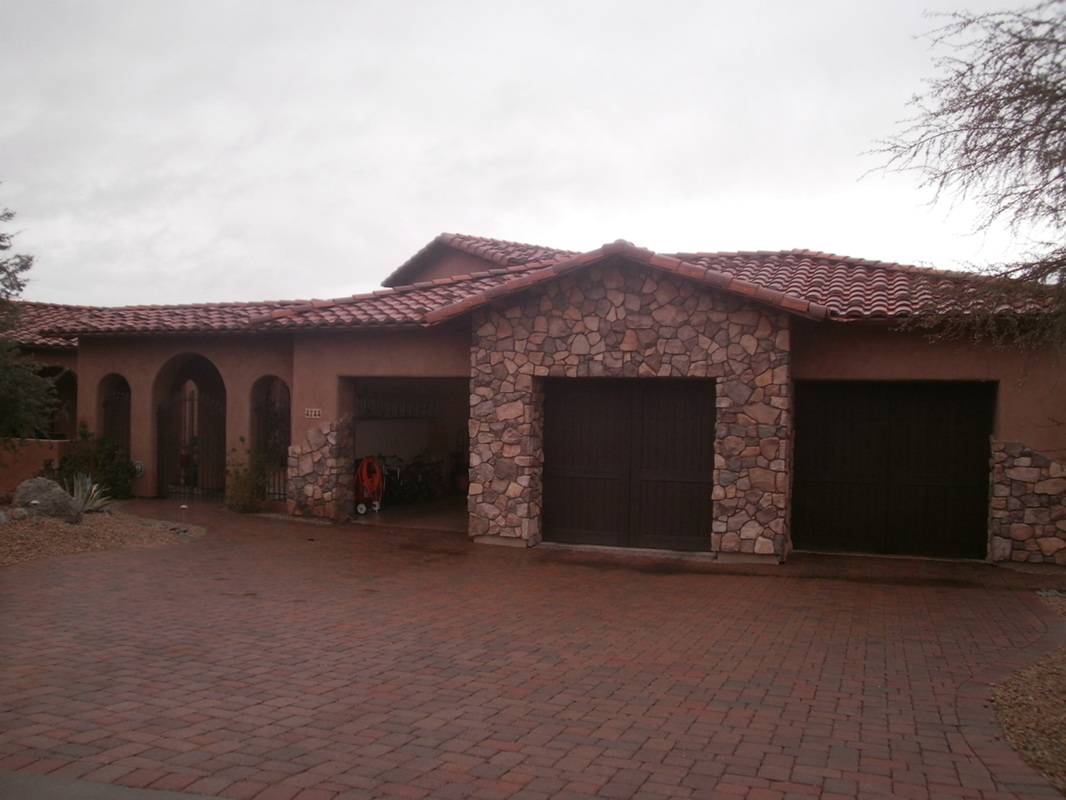|
Can you trust a home builder who claims their homes are energy efficient? There are plenty of misleading facts and some plain untruths being thrown around- don't let yourself be fooled. Here's some of the popular myths touted by builders. __________
MYTH 1: These windows are energy efficient. THE TRUTH: Even the best windows are going to be the weakest spot in the home, where there is more heat gain and loss than any other area. Don't listen to someone who says you won't need screens or shading because the windows are so good- you'll be stuck sitting under a sweltering, shadeless window all summer. Shading is the most effective way to block the Arizona heat from entering your home. Interior window treatment does help but the heat is still in the home and the air conditioner still needs to remove it. The new windows builders use are cheap vinyl windows that start to peel off around the edges after two years.. __________ MYTH 2: The ductwork will be sealed. THE TRUTH: Anyone can install a flex duct, but few actually know how to properly install. For some reason, builders, home inspectors and worse... the HVAC subcontractor all think that using tape is an effective way to seal the ductwork. In hot Phoenix summers, we've seen how fast this tape holds up and your home is going to be out of warranty by that time. Most builders will never check if the installation has followed the Manual D Duct Design specifications, or if airflow best practices were followed. This causes even brand new homes to have hot, uncomfortable rooms in the summer. __________ MYTH 3: The R-value of the insulation is taken from the manufacturers specifications, not Energy Stars. THE TRUTH: The manufacturer says that under laboratory conditions, an R-30 is 8" of cellulose. On the contrary, APS, SRP, Energy Star, BPI and RESNET all state that an R-30 is 10" of cellulose. Don't trust the word of private companies over trusted, independent non-profit agencies. When confronted about this deficiency, the builder will say, well the drywall counts for an R-value of 1, and all the miscellaneous items between the insulation and the drywall (air gap) account for another R-value of 1, so 8" is an R-30." Isn't that a builder scam? New homes should be sealed and well insulated from day 1 but instead, builders are scamming homeowners and cutting corners at every turn. In Phoenix, Arizona, you should be getting 10" of cellulose at a minimum. In fact, I think new homes should be getting at least 12" of cellulose insulation, which is Energy Star Standards in Phoenix or even spray foam along the roof deck, but that is an argument for another time. __________ MYTH 4: My builders won't skimp on insulation. THE TRUTH: Be sure during the inspection period you hire an energy auditor as well as a home inspector. Many home inspectors are too lazy to go up and do a thorough inspection of the attic and don't know what they are looking for if they do. The perimeter of attics are typically where insulation contractors figure no one will ever see this and blow less insulation that you are paying for. Typically these areas are difficult to access with the roof trusses sloping down and plywood firewalls in the way. Home inspectors likely won't bother or say, "getting to that part of the attic is impossible," to absolve themselves from getting dirty. Even if a home inspector has a thermal camera to check for insulation, don't let that impress you because most inspectors don't even know how to properly use a thermal camera. In addition, many builders consider the drywall and ceiling wood frame as part of the insulation to give you less while still reaching the code. If 10" of cellulose is R-30, a builder may only give you 9" of insulation while counting the drywall/wood stud to be a total of R-30 in order to not give you that extra inch of insulation you need. __________ MYTH 5: A home with a well-insulated attic must be energy efficient. THE TRUTH: We have a saying at Green ID that code is the worst you can legally build a home. Many builders will only insulate the attic to code- but that's not energy efficient. It is important that you insulate up to Energy Star Standards per your climate zone. In Phoenix, Arizona we need our attics up to at least R-38, and our code is just R-30! What's even more important is how the insulation is installed. If look around your home and notice lots of changes in ceiling height with columns, soffits, coffered ceilings, vaulted ceilings- these are problem areas our energy auditors are all too familiar with where builders fail to install insulation correctly. __________ MYTH 6: A low HERS Score means my home is energy efficient. THE TRUTH: A HERS (Home Energy Rating System) score is given to a model home and used for the whole neighborhood. In fact, any new home certification is only giving to the model home, which is likely NOT the home you'll be moving into. All the other homes in the neighborhood are never tested. Just because this model home has a low HERS Score, does not guarantee your home has the same score. You need to have a HERS Rater or independent energy auditor test your home to ensure that it was truly done right. Our energy auditors have found rooms with zero insulation above them and they were certified as energy efficient by SRP.
0 Comments
Your comment will be posted after it is approved.
Leave a Reply. |
Sign Up For Your Home Energy AuditFIND YOUR HOME TYPERanch HomesSingle Story, Spec HomesTwo Story, Spec HomesTri-Level HomesPre-1990 Custom HomePost-1990 Custom HomeDon't See Your Home? Find Your City Below!Archives
April 2024
Copyright Notice©2009 – 2023
All Rights Reserved |


